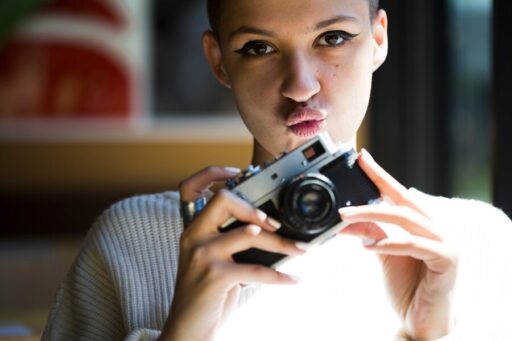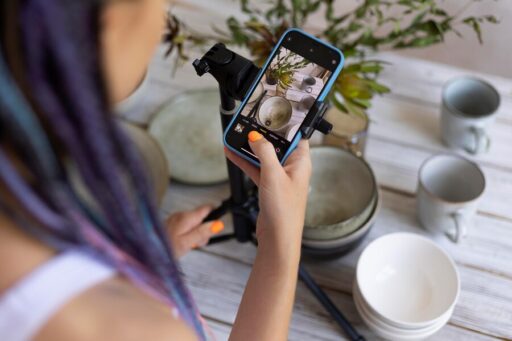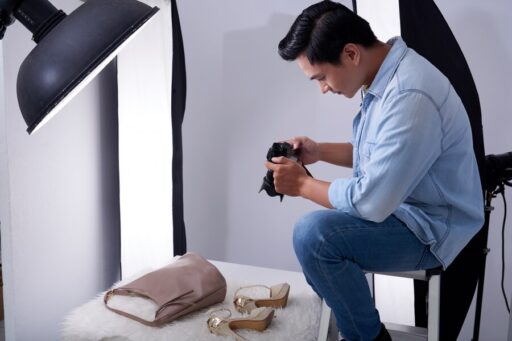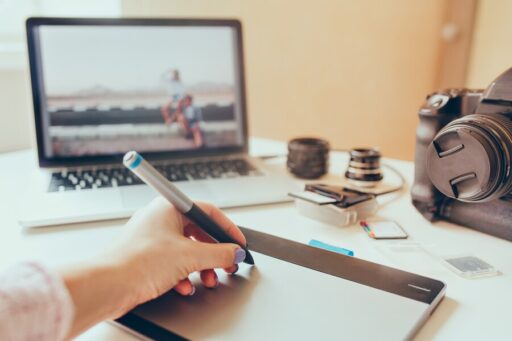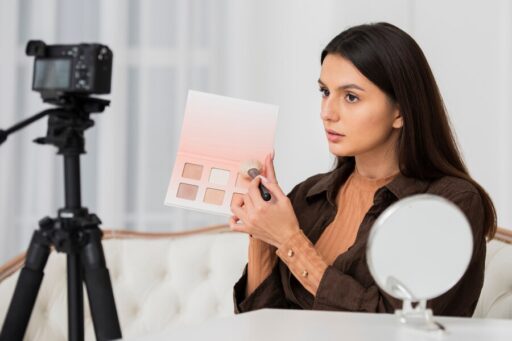Photography is a captivating art form that combines technical knowledge with creative vision. DSLR (Digital Single-Lens Reflex) cameras are powerful tools that allow photographers to capture high-quality images with precision and control. If you’re a beginner or an intermediate photographer looking to elevate your skills, this step-by-step guide will walk you through the essentials of mastering DSLR photography. Along the way, we’ll explore techniques, settings, and tips to help you unleash your potential and create stunning images. For further insights and expert advice, check out the comprehensive resources on Photography Life and Digital Photography School.
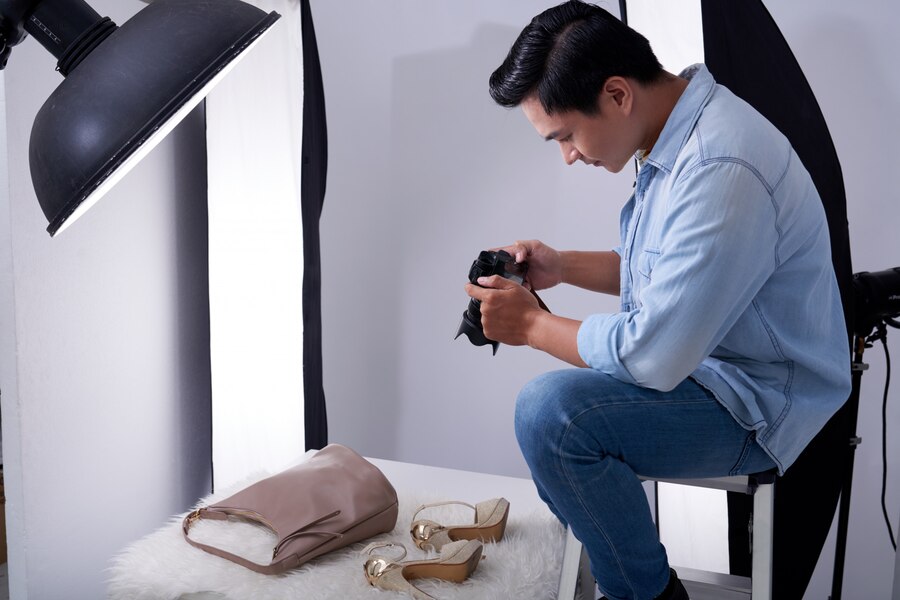
Understanding the Basics of DSLR Cameras
To begin your journey, familiarize yourself with the components and functions of a DSLR camera. The key parts include the lens, viewfinder, image sensor, and manual controls. Mastery of these elements will provide the foundation for your photography skills.
Key Features of DSLR Cameras
- Interchangeable Lenses: Explore the versatility of lenses to achieve different focal lengths and effects. Learn more about lens types on Lens Pro To Go.
- Manual Controls: Gain control over aperture, shutter speed, and ISO to fine-tune your images.
- Viewfinder: Understand how optical viewfinders enhance framing and composition.
- Image Sensor: Discover the role of sensor size in determining image quality. Visit TechRadar for detailed guides on sensors.
Step 1: Getting Acquainted with Camera Settings
The first step in mastering your DSLR is understanding its settings. Modes like Manual (M), Aperture Priority (A or Av), Shutter Priority (S or Tv), and Program (P) allow varying levels of control. Start experimenting with manual settings to gain deeper insights into how they affect your photos.
Aperture, Shutter Speed, and ISO
- Aperture: Controls the amount of light entering the lens and affects depth of field. Smaller f-numbers create a shallow depth of field, ideal for portraits. Learn more at B&H Photo Video.
- Shutter Speed: Determines the duration of light exposure. Use fast speeds for action shots and slow speeds for long exposures.
- ISO: Adjusts your camera’s sensitivity to light. Use low ISO for bright conditions and high ISO for low light.
Visit PhotographyTalk for an in-depth explanation of the exposure triangle.
Step 2: Mastering Composition Techniques
Composition is the art of arranging elements within your frame to create visually appealing images. Effective composition transforms ordinary scenes into captivating works of art.
The Rule of Thirds
Divide your frame into nine equal sections using two horizontal and two vertical lines. Place your subject along these lines or at their intersections to create balanced compositions. Explore examples on Fstoppers.
Leading Lines and Framing
- Leading Lines: Use natural lines, such as roads or rivers, to draw viewers’ attention.
- Framing: Surround your subject with natural elements to create depth.
For more advanced tips, visit CreativeLive.
Step 3: Enhancing Lighting Skills
Lighting is a critical aspect of photography. Natural light, artificial light, and flash photography each have unique characteristics that can elevate your images.
Golden Hour and Blue Hour
- Golden Hour: Capture soft, warm light during sunrise or sunset.
- Blue Hour: Utilize the cool tones of twilight for dramatic effects.
Learn how to harness these lighting conditions on PetaPixel.
Using Flash and Reflectors
- Flash: Experiment with on-camera and off-camera flash for balanced lighting.
- Reflectors: Redirect light to eliminate harsh shadows and add dimension.
Visit Strobist for flash photography tutorials.
Step 4: Exploring Post-Processing Techniques
Editing your photos enhances their impact and brings your creative vision to life. Software like Adobe Lightroom and Photoshop are invaluable for post-processing.
Basic Editing Workflow
- Cropping: Refine composition by removing unwanted elements.
- Exposure Adjustments: Correct brightness and contrast.
- Color Grading: Apply tones and hues that match your artistic style.
For editing guides, explore Adobe’s Photography Blog.
Advanced Techniques
- Dodging and Burning: Lighten or darken specific areas for depth.
- Noise Reduction: Minimize grain in high-ISO images.
- Sharpening: Enhance details for a crisp look.
Discover advanced editing tutorials on Phlearn.
Step 5: Building Your Photography Portfolio
A portfolio showcases your skills and attracts potential clients or collaborators. Focus on quality over quantity and include a diverse range of images.
Tips for a Professional Portfolio
- Organize by Genre: Group similar themes, such as portraits, landscapes, or macro photography.
- Online Presence: Create a website or use platforms like Behance or 500px.
- Social Media: Share your work on Instagram and Pinterest to reach a broader audience.
For inspiration, visit Expert Photography.
Frequently Asked Questions (FAQs)
What is the best DSLR for beginners?
For beginners, affordable and user-friendly options include the Nikon D3500 and Canon EOS Rebel T7. These models offer excellent image quality and straightforward controls. Check out DPReview for detailed reviews.
How can I improve my low-light photography?
Use a fast lens (low f-number), increase ISO settings, and stabilize your camera with a tripod. Visit SLR Lounge for advanced low-light techniques.
Do I need expensive equipment to take good photos?
No, creativity and knowledge of fundamentals are more important than gear. Entry-level DSLRs and kit lenses can produce stunning results. Learn more on Ken Rockwell.
How can I learn photography faster?
Practice regularly, analyze your work, and take online courses. Platforms like Udemy and Coursera offer excellent resources.
Conclusion
Mastering DSLR photography is a rewarding journey that requires dedication, practice, and a willingness to learn. By understanding your camera, honing your composition skills, and experimenting with lighting and editing, you’ll transform ordinary scenes into extraordinary images. Remember, the key to growth lies in constant experimentation and seeking inspiration from others. Whether you’re shooting portraits, landscapes, or street photography, the possibilities are endless. To further refine your skills, immerse yourself in the vibrant photography communities and online tutorials that share invaluable knowledge and inspiration. Begin your photographic adventure today, and unlock the world of creativity through the lens of your DSLR camera.
